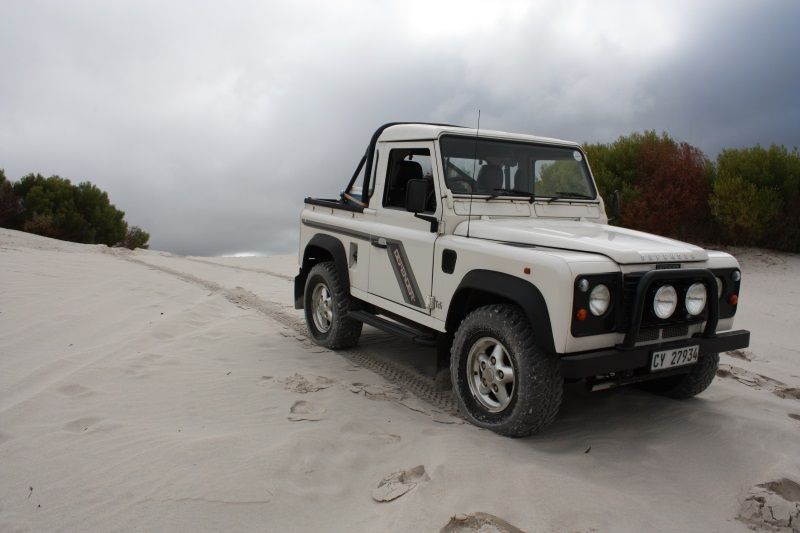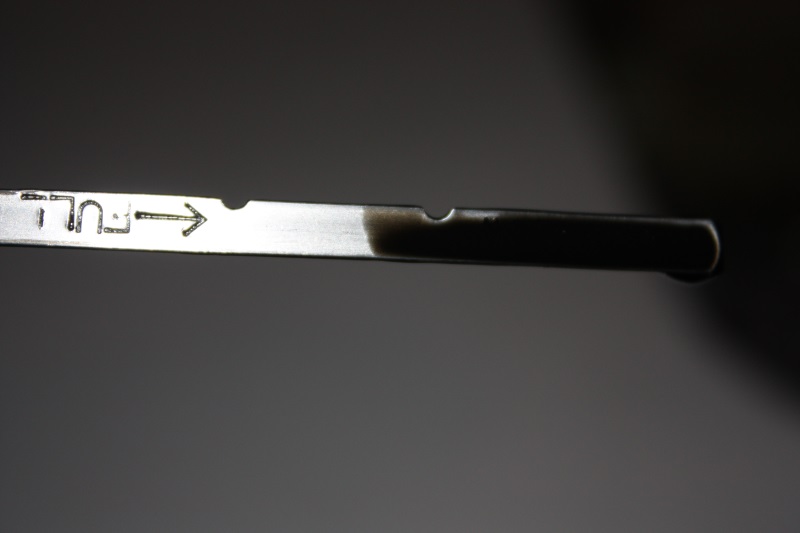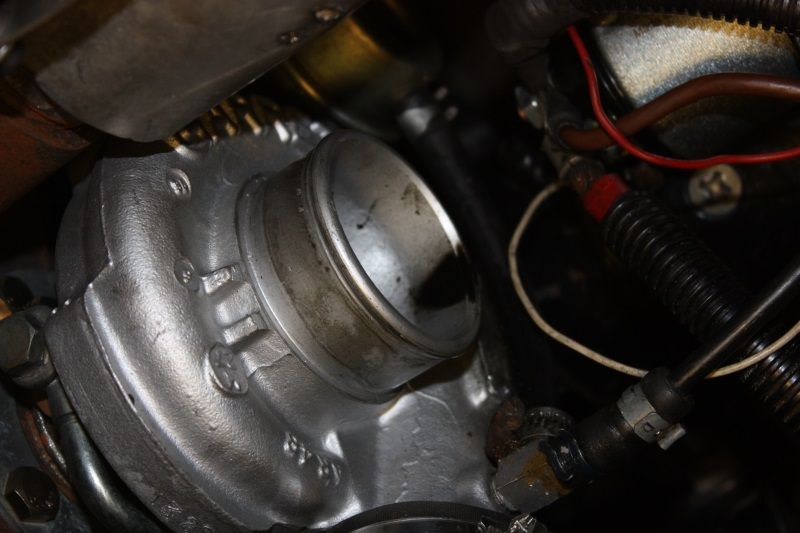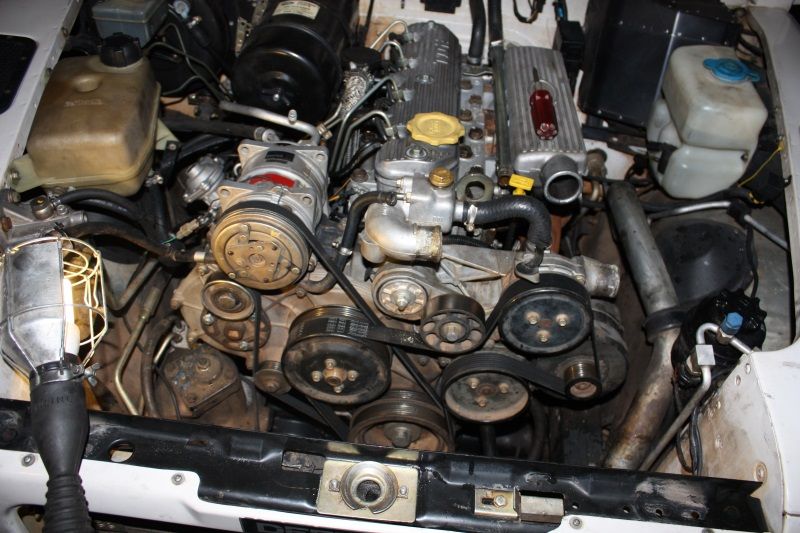wvanzyl
Member
- Posts
- 44
- Location
- Cape Town, South Africa
Hi All,
After having owned my Defender for roughly a year and a half the time has arrived for me to rebuild the engine. She has done 206 000km, not a heck of a lot considering it is a `96 model.

I previously owned a 2006 Defender 90 Limited Black Td5, what a nice car that was! Sadly I had an itch and sold the Td5 .
.
I longed for a Defender and stumbled across this one. Work done since I bought her includes wheel bearings and seals replaced, stub axles reconditioned, swivel pins rebuild, new cv's, rebuild both doors (mainly just to clean them out) rebuild the transfer box, replaced rear crank oil seal, rebuild the injector pump and got injectors tested, rebuild the turbo and fitted a new timing belt, it also had a good service.
Apart from the seats requiring new foam the engine is the last big ticket item to be sorted, then my Defender will be better than new. I did not plan to redo the engine now but she is using oil and it's not nice driving your Defender when you know something is not right. I believe the engine, as with the injector pump and turbo, is warn because of the high sulphur/sand/whatnot content of the diesel it was ran on known locally as farm diesel, or.....diesel of death if you ask me, and the lack of maintenance or oil services.
I've done about 1500km - 2000km since the last service and look at the oil level below!

The oil usage is attributed to sump back pressure. At higher revs oil gets pushed up past the cyclonic breather into the turbo inlet as can be seen below

So, strip down has begun. I've totalled roughly an hour last night to get to this stage

It doesn't look like much but the starter is off, radiator removed, oil and water drained and most the pipes are out of the way.
Next I need to drain the PAS pump oil and also need to decide how I'm going to handle the aircon pump, probably best to remove it so it's not in the way when lifting the engine out.
Till next time.
Willie
After having owned my Defender for roughly a year and a half the time has arrived for me to rebuild the engine. She has done 206 000km, not a heck of a lot considering it is a `96 model.
I previously owned a 2006 Defender 90 Limited Black Td5, what a nice car that was! Sadly I had an itch and sold the Td5
I longed for a Defender and stumbled across this one. Work done since I bought her includes wheel bearings and seals replaced, stub axles reconditioned, swivel pins rebuild, new cv's, rebuild both doors (mainly just to clean them out) rebuild the transfer box, replaced rear crank oil seal, rebuild the injector pump and got injectors tested, rebuild the turbo and fitted a new timing belt, it also had a good service.
Apart from the seats requiring new foam the engine is the last big ticket item to be sorted, then my Defender will be better than new. I did not plan to redo the engine now but she is using oil and it's not nice driving your Defender when you know something is not right. I believe the engine, as with the injector pump and turbo, is warn because of the high sulphur/sand/whatnot content of the diesel it was ran on known locally as farm diesel, or.....diesel of death if you ask me, and the lack of maintenance or oil services.
I've done about 1500km - 2000km since the last service and look at the oil level below!
The oil usage is attributed to sump back pressure. At higher revs oil gets pushed up past the cyclonic breather into the turbo inlet as can be seen below
So, strip down has begun. I've totalled roughly an hour last night to get to this stage
It doesn't look like much but the starter is off, radiator removed, oil and water drained and most the pipes are out of the way.
Next I need to drain the PAS pump oil and also need to decide how I'm going to handle the aircon pump, probably best to remove it so it's not in the way when lifting the engine out.
Till next time.
Willie
Attachments
Last edited:
































